
Many construction technologies require additional finishing of exterior walls to protect against moisture, wind, excessive cooling and ultraviolet radiation. And also to improve the appearance. One of the ways of final finishing — facing. Made of brick or stone, it gives the structure a more solid look: after finishing work on the facade, no one will guess that in front of him, for example, frame structure.
As a material used facing brick, tile (stone, clinker), panels of artificial stone, panels based on thermal insulation (thermal panels) and similar materials. For the lining you will need to prepare the ground, because the technology involves gluing the individual elements on the wall. If the house is made of brick or foam concrete, masonry walls should be flat, without large deviations.

In the frame structure it is necessary to sheathe the walls with a suitable sheet material, for example, cement particle boards. You may need additional insulation of the facade-for this purpose are well suited blocks of foam glass.
Planning facing, it is necessary to consider that such type of finishing has quite big weight therefore both the design of walls, and the base of the building have to be calculated on the corresponding loading. Large finishing elements should be, in addition to the use of adhesive layer, additionally mounted on the wall mechanically.

Facing brick
One of the variants of facing material for facade walls — front (decorative) brick. Its main difference from conventional building bricks — better and decorative finish of the outer surface and increased resistance to moisture and low temperatures.
Decorative brick has good geometry-clear edges and smooth planes. Its front sides, depending on the type, can have a smooth, textured or embossed surface with additional processed facets and corners.
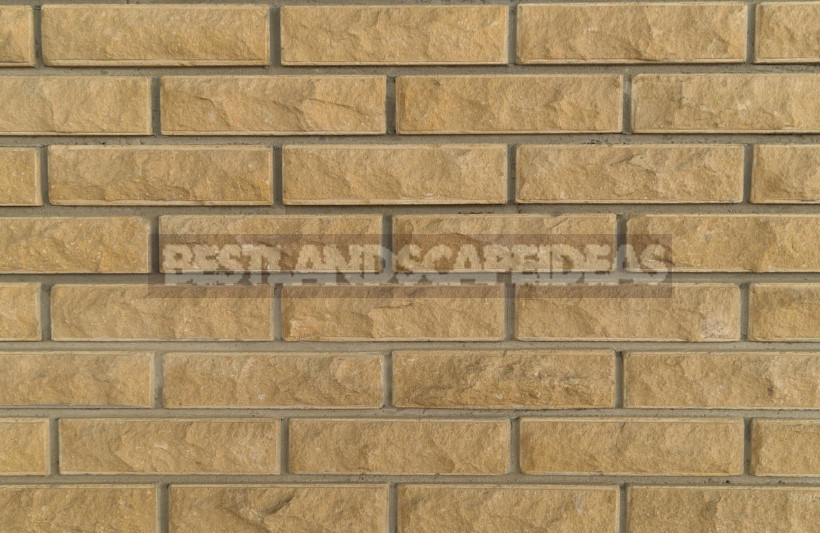
In addition to the usual “brick” color, facing brick is available in a rich color palette – from white to black. The variety of color is achieved by different methods.
- Engobe brick
A liquid clay mixture with mineral dyes and additional additives is applied to the surface of the dried brick. After that, the brick is fired-it turns out a smooth, matte colored surface.
- Clinker brick
Moisture resistant and especially strong brick, obtained from a special mixture of refractory clays. Fired at temperatures up to +1200°C. the degree of heating and other conditions of the roasting depends on the shade of the finished product: the clinker calcining peat has a greenish surface, grabiner clinker — yellow, munsterlander coal firing has traces of soot and coal burnt.

Due to its increased moisture resistance and special strength, in addition to cladding, clinker brick is used for paving and manufacturing of floors in areas with high load.
- Shotcrete brick
On the front surface of the brick of fusible clay with sandblasting coating is applied from crumbs, tuff, mica, porcelain, sand, chamotte and other fine materials. During firing this “topping” baked brick mass.
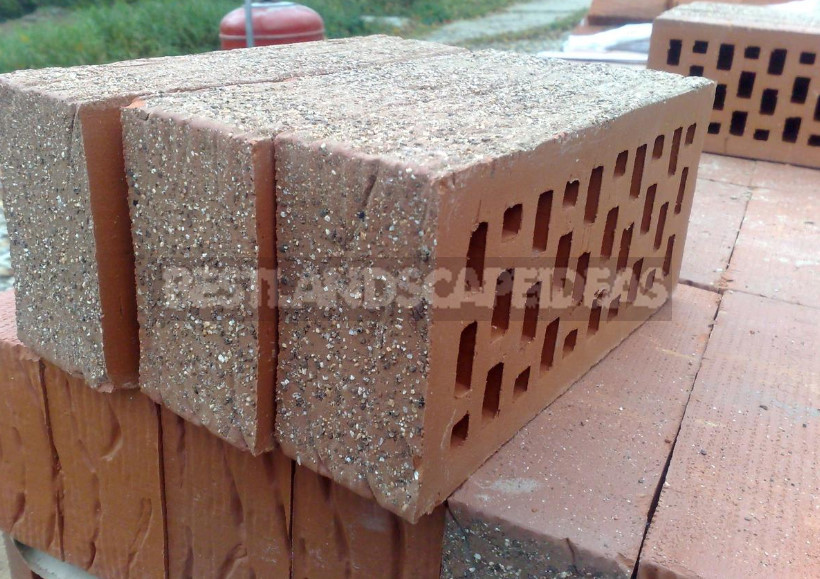
- Glazed brick
On the front surface of the finished brick is applied glass crumb with pigment, and the product is re-fired. From the effects of high temperature glass melts and sintered into a strong glossy crust.
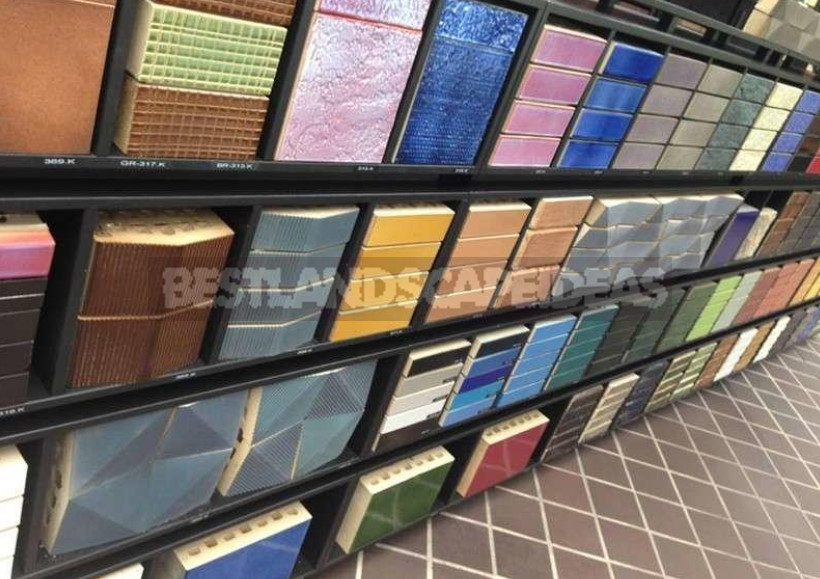
Glazed coating can be of any color, also very bright.
In addition to products of standard size and shape, decorative front brick is available in other size ranges, as well as shaped.
The veneer can be created a peculiar pattern with the combination of the shift of bricks, stretcher bond and bonded masonry. The following techniques are used: Brandenburg, Gothic, block and others. Decorative effect is increased by the use of bricks of different colors, as well as the device of relief masonry, emphasizing architectural elements or creating a convex pattern on the surface of the wall.

Depending on design features of walls and other conditions facing with a decorative brick can be conducted in two ways: simultaneously with ordinary laying or already after erection of walls. While masonry walls and veneer they are a single unit decorative stones involved in the bandaging of a laying ordinary bricks.
This is the most reliable method, but it has certain limitations: it is applicable only in the case of identity or multiplicity of sizes of facing stones and ordinary blocks or bricks of the wall. In addition, simultaneous walls requires highly skilled Mason.

With a separate method, such a finish can be considered a kind of facade: between the wall and the lining there is a ventilation gap, and in the lower and upper parts of it, ventilation holes are arranged. Brick veneer with separate masonry uniformly fixed to the wall using a variety of metal fastenings.
Facade tile
If the front brick has a decent thickness and can participate in a wall laying on an equal basis with usual construction, then front facing tile — only decorative material. Its thickness in most cases is comparable to the thickness of the interior tiles. For facing the walls of buildings used outside products of terracotta, granite, clinker, fiber concrete, natural stone.

- Natural and artificial stone
To finish the facade used: limestone, shell rock, marble, Sandstone, granite, slate.
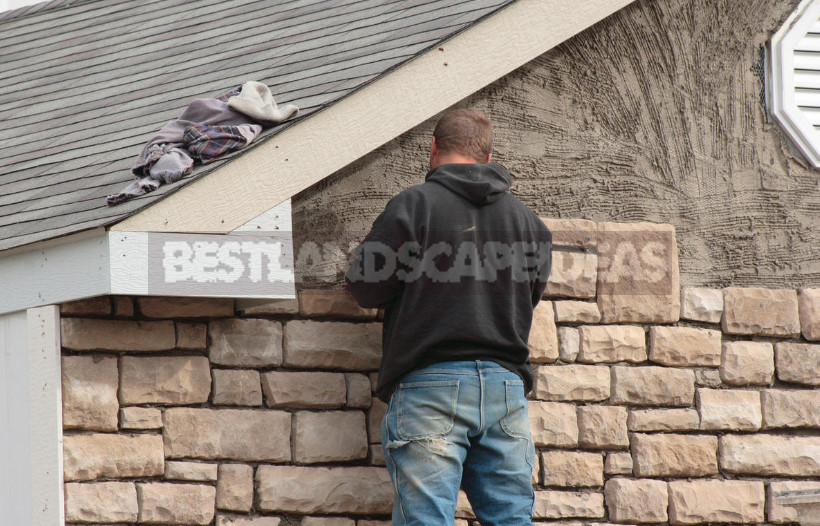
Except a stone of a flat form, for facing of walls use L-shaped stone products. Embedded shelf tile is used for sealing in the masonry wall — to increase the reliability of the heavy elements. Facing such plates takes place simultaneously with the main masonry wall.
- Clinker
Clinker tiles are produced in the same way as clinker bricks, and have the same strength characteristics and similar appearance.
- Terracotta
Terracotta tiles-another kind of products from baked clay. Usually has a traditional warm, ochre (terracotta) color, but can be covered with colored glaze. Cladding terracotta tile is also the case with a bond shelf, to embedding in masonry walls.

- Majolica
For our country, finishing facades with ceramic tiles with a pattern is an unusual way. But for the streets, for example, Lisbon majolica (glazed ceramic tiles with paintings) on the outer walls of the houses — quite a common sight.
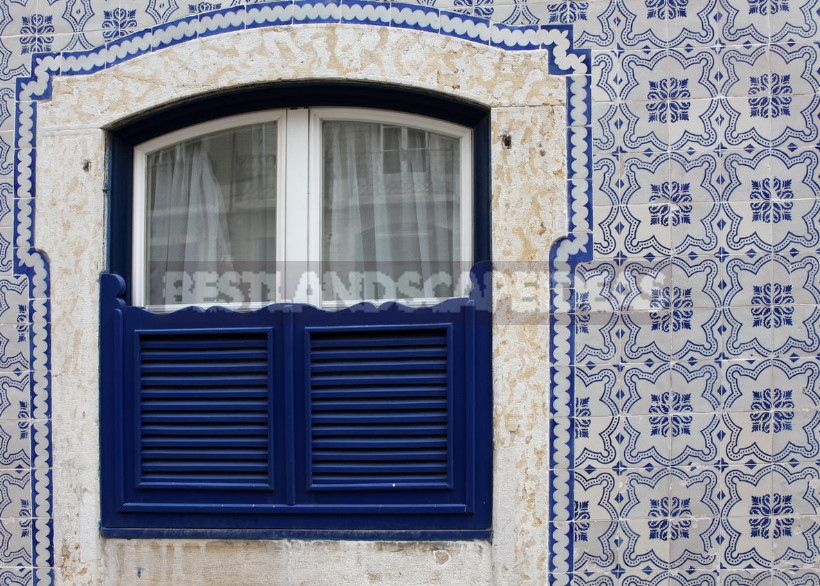
Another not too common option of using tiles as a facade decor — mosaic. You can decorate your home with mosaic panels or ornamental cornice.
- Architectural concrete
Concrete products with reinforcing fiber-a fairly new word in the exterior design. Although the imitation of natural stone and brick of painted concrete has long been known to those who are closely watching the market for building materials.

The plasticity of the material allows you to cast strong plates with any pattern: concrete lace and wood trunks, various textures and 3D elements. The possibilities are limited almost only by imagination. Manufacturers offer standard solutions and the embodiment of your individual ideas.

In addition to tiles and panels for walls made of concrete with fiberglass are made and architectural elements that complement the decoration of the facade: moldings, cornices, sandricks, rusty, mascarons and keystones, pilasters and capitals. You can find all the details of classic and modern design to create a complete composition of the facade in any style.
About seams
In the decorative finishing of the facade, in addition to the cladding elements, the appearance is influenced by the seams between the individual parts of the cladding. So you should pay particular attention to the neatness of the masonry, the uniformity of the stitches.
For simplification of process use various adaptations, for example, special templates or a rod. Also important is the operation to remove the excess solution and the correct filling of the seams with decorative compositions.
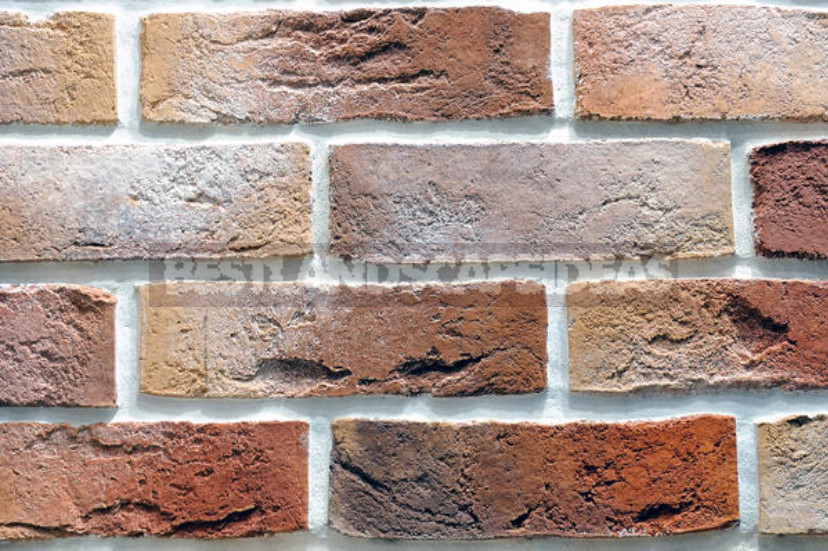
Grouting, matched in tone makes the facing masonry is more monotonous. Contrasting stitching, conversely, create the effect of the relief, emphasizing the individual elements. Properly made and filled with mortar joints not only add a finishing decorative, but also keep the lining from getting into the glue seam water and its subsequent destruction during the freezing.
Thermal panels
To facing materials for facades can be attributed and the solution “two in one” – thermal panels. These are panels consisting of two layers: thermal insulation and decorative, for example, clinker tiles.

Such thermal panels usually have decorative coatings imitating brick or stone, facade mosaic plaster with stone chips. Ease of installation and low weight parts with significant size add to this facade decor more and more fans.
The combination of a source of new ideas
All of the above methods of finishing facades can be used independently or combined with each other in any combination. Facade plaster often becomes a very advantageous background for decorative cladding materials, for example, as in the photo below.
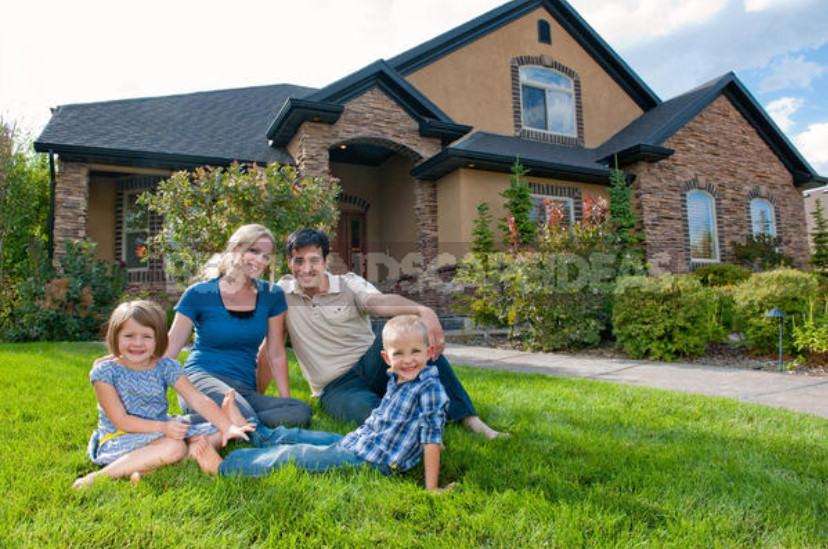
It is important to understand that the facade is a protection, insulation and decoration of the building, as well as an important emphasis in its perception. Showing imagination, you will have a beautiful and practical house with a bright personality.
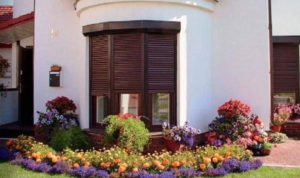



Leave a Reply